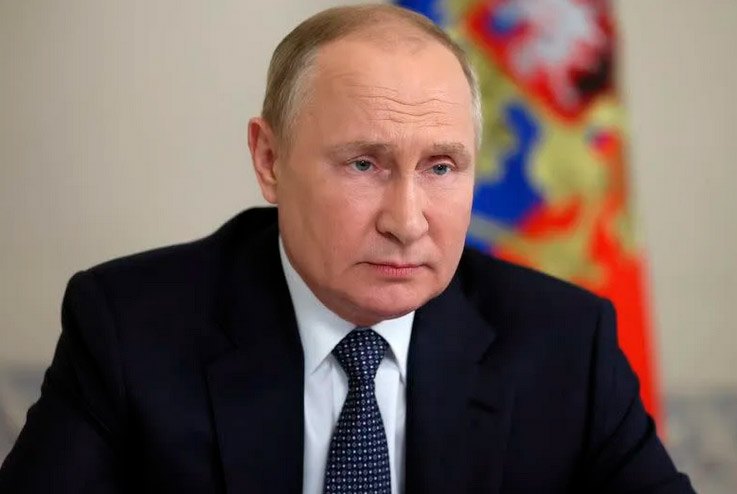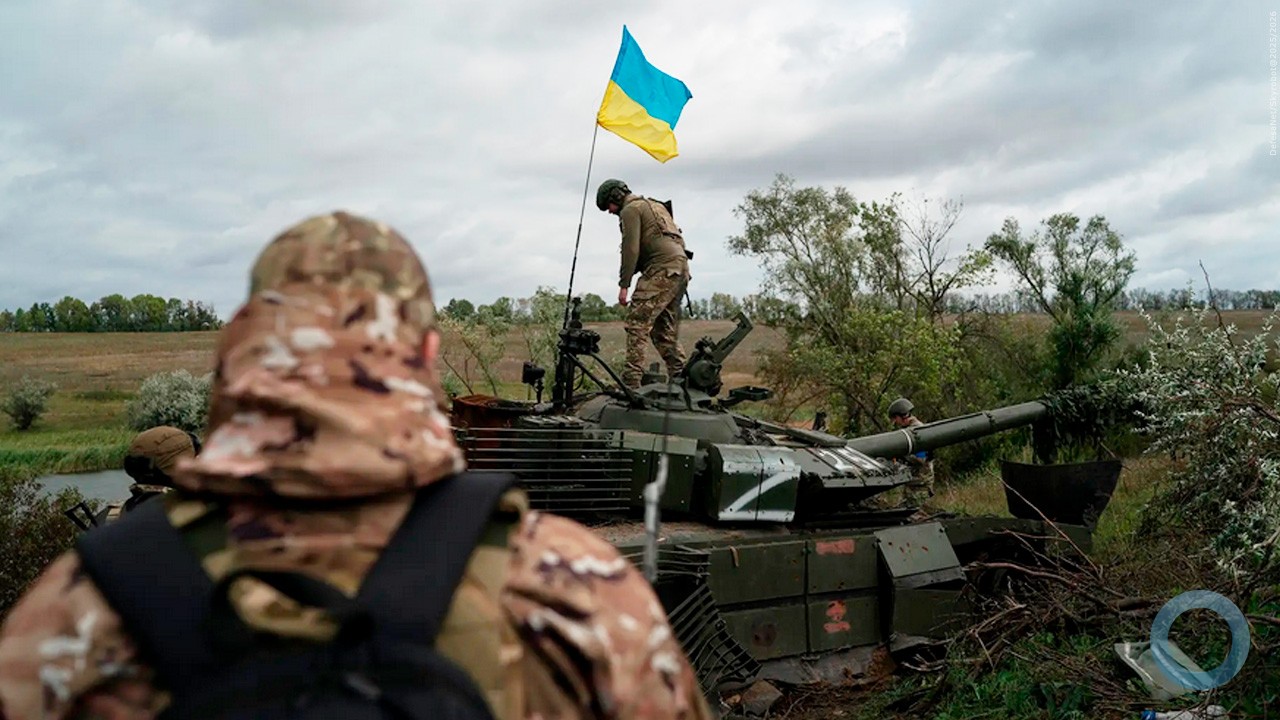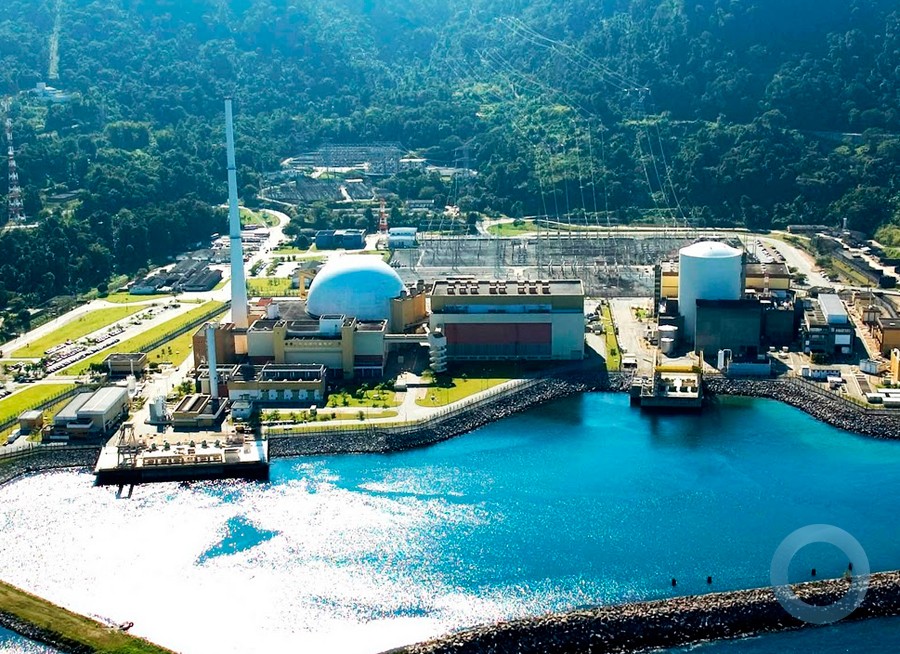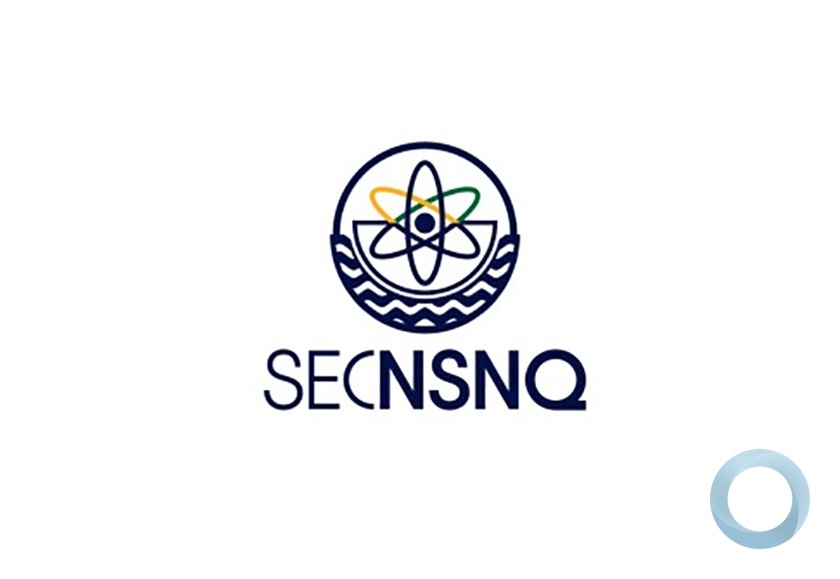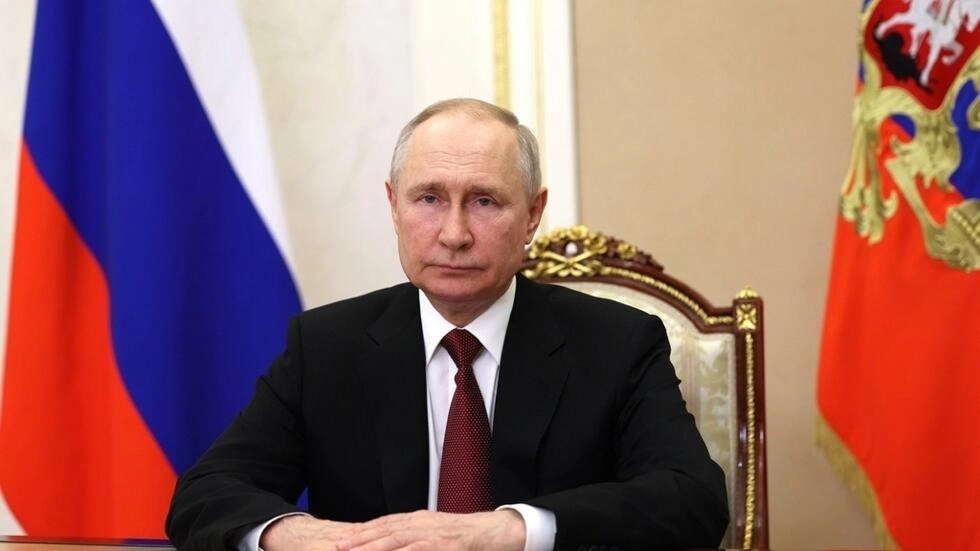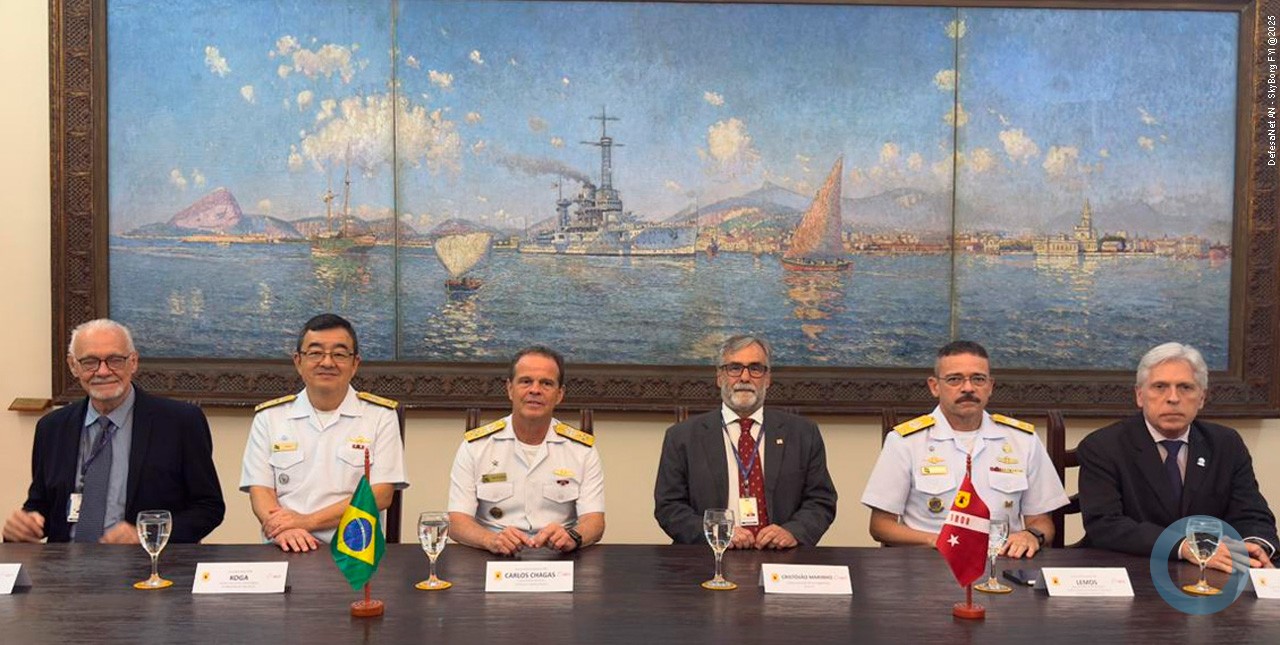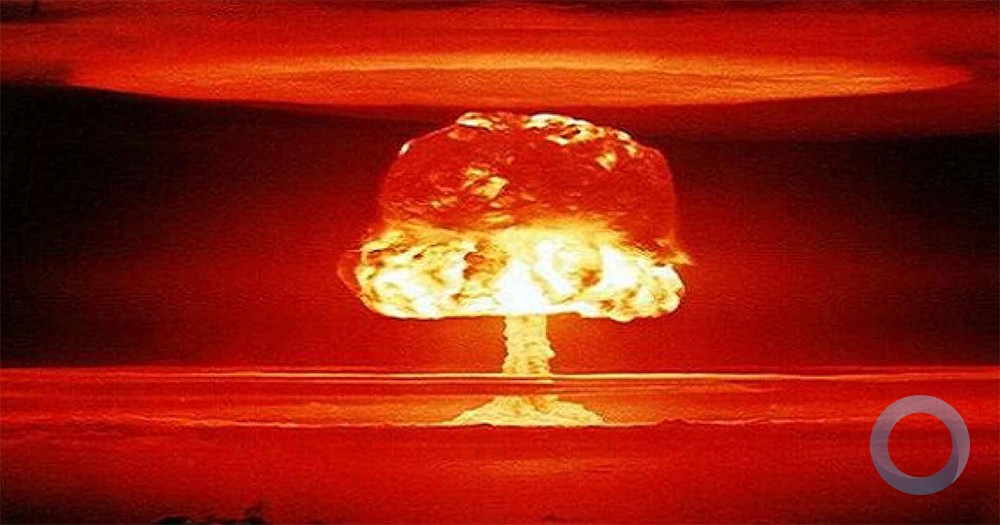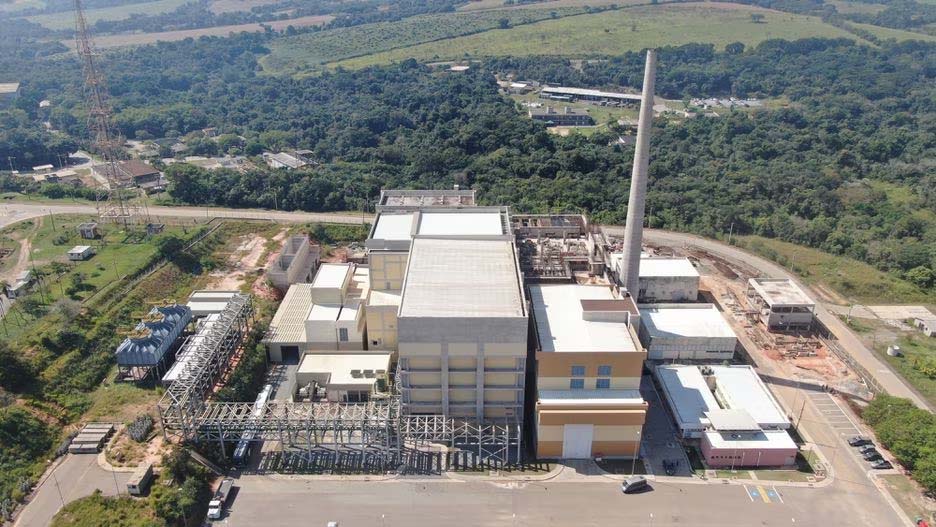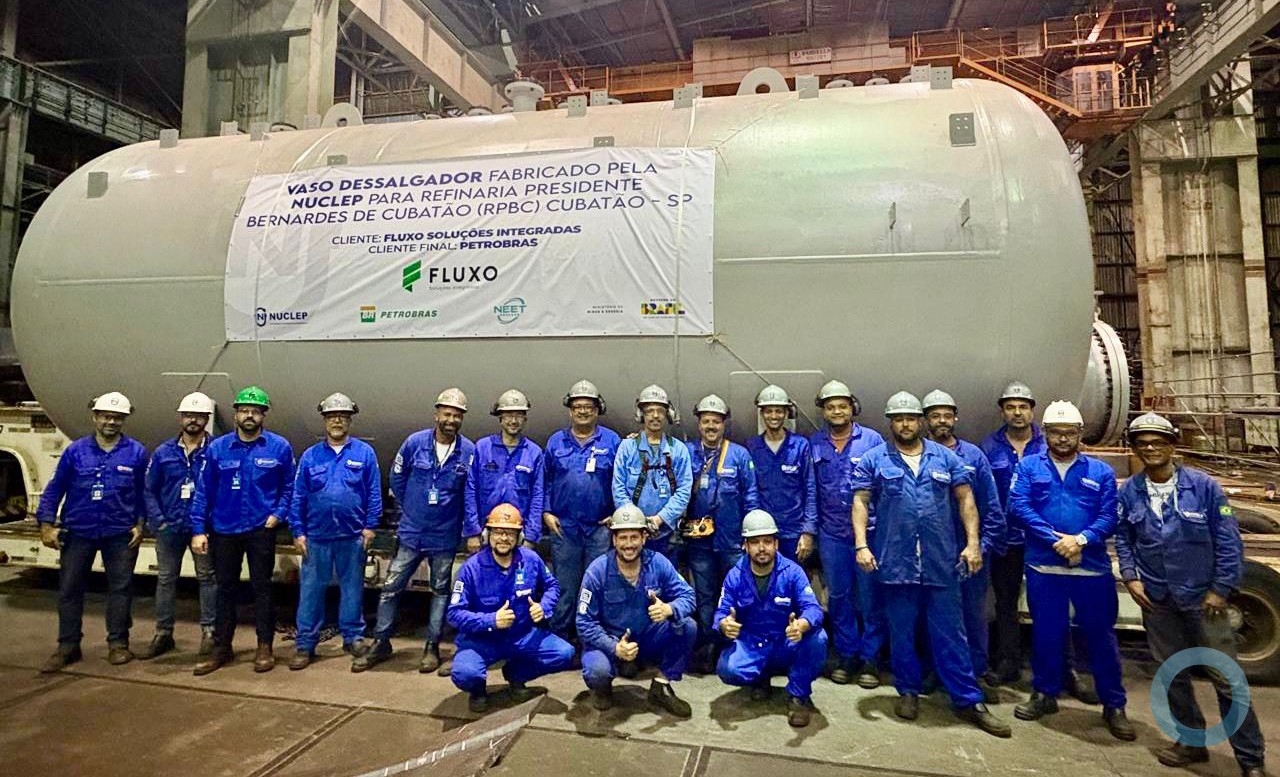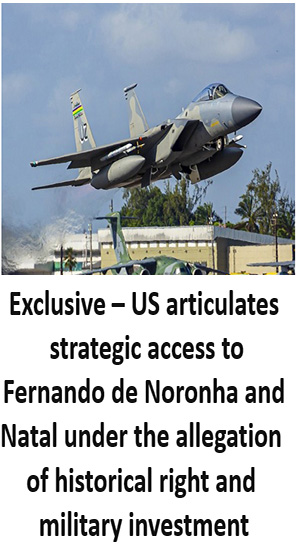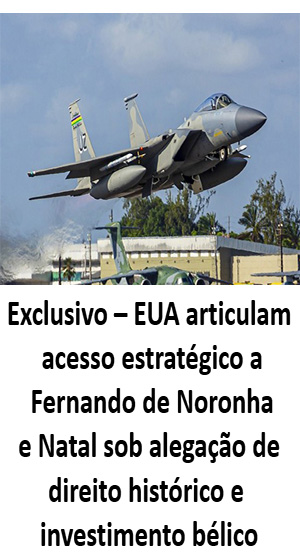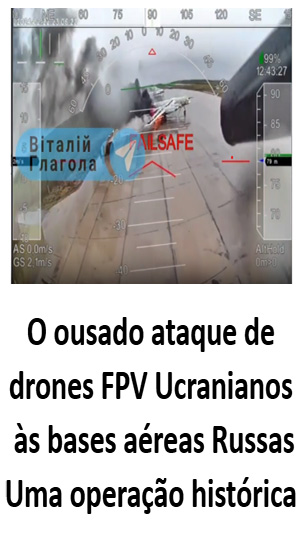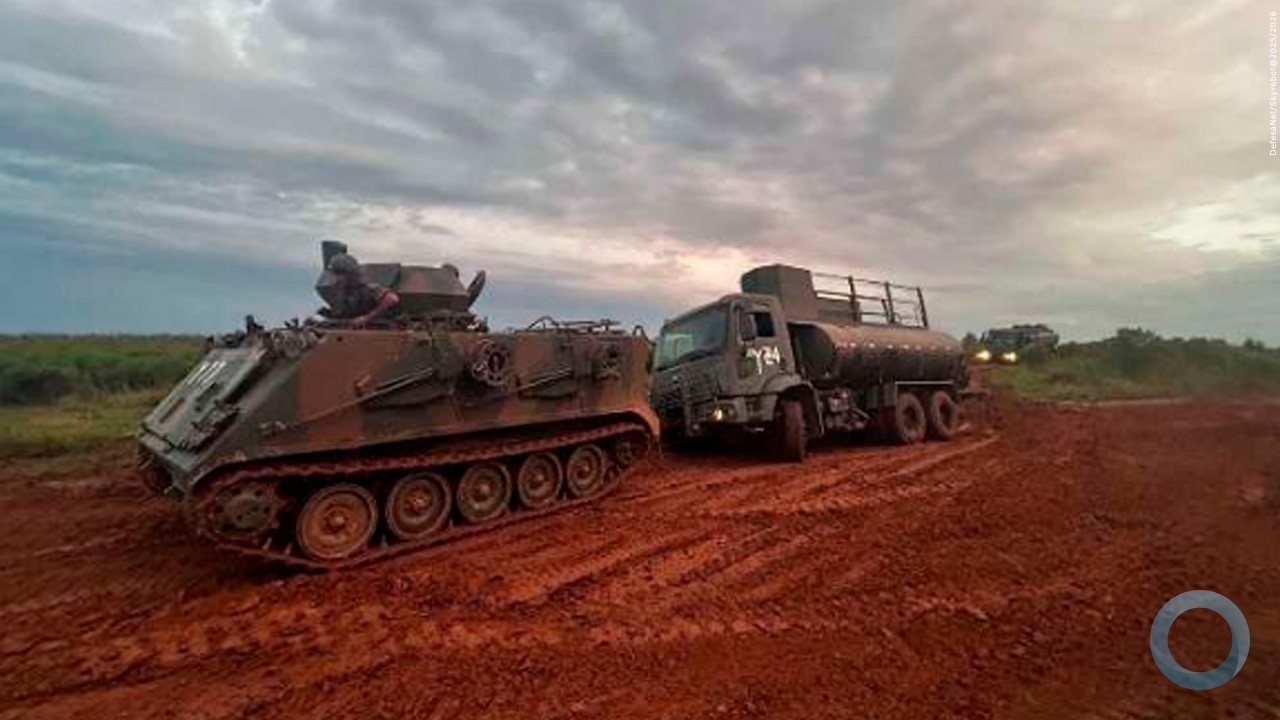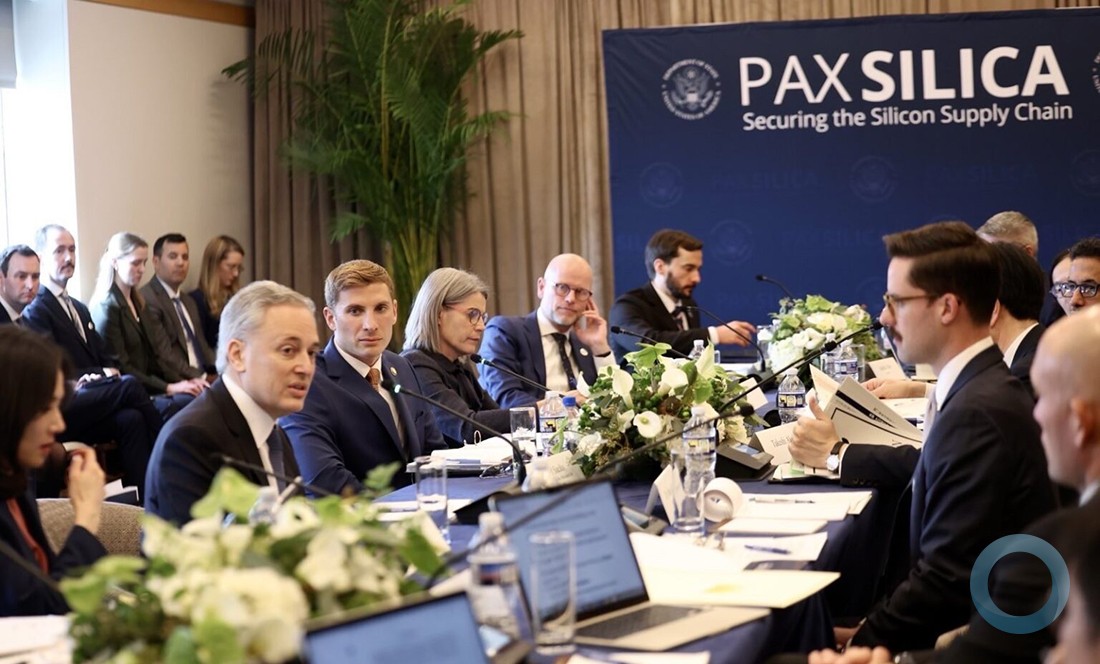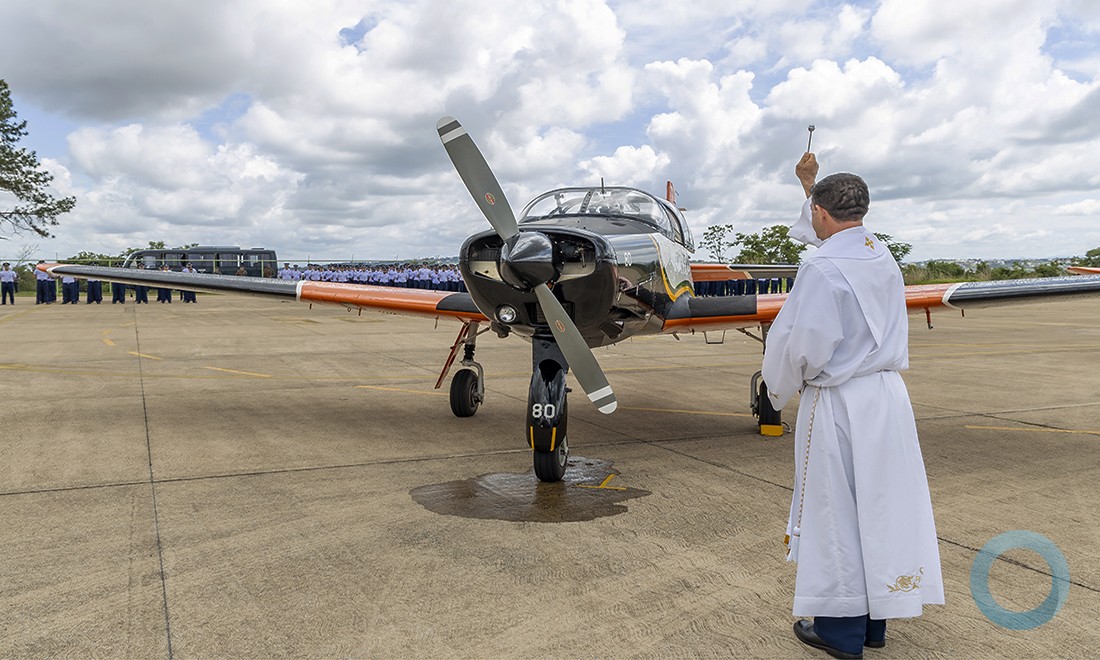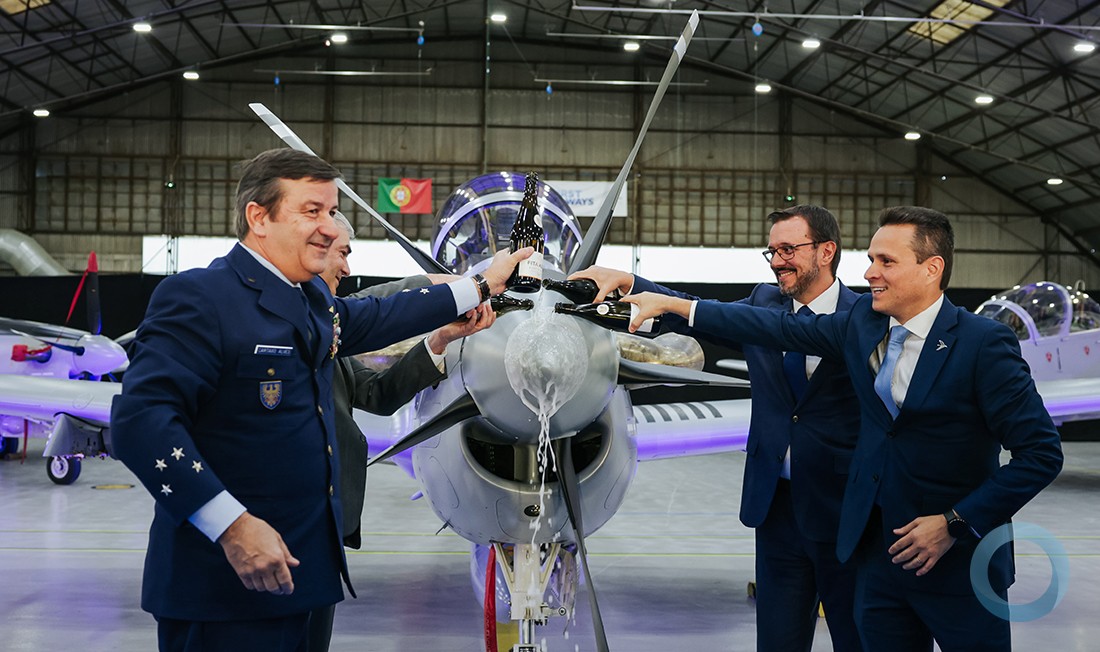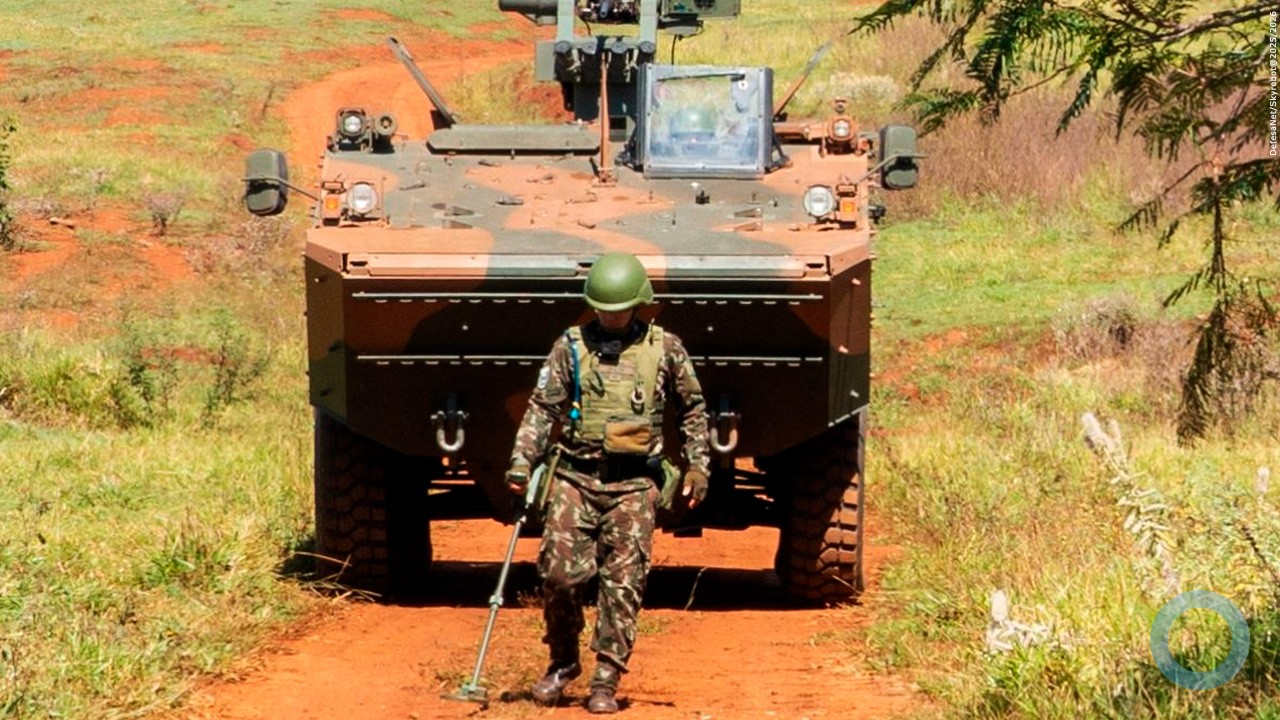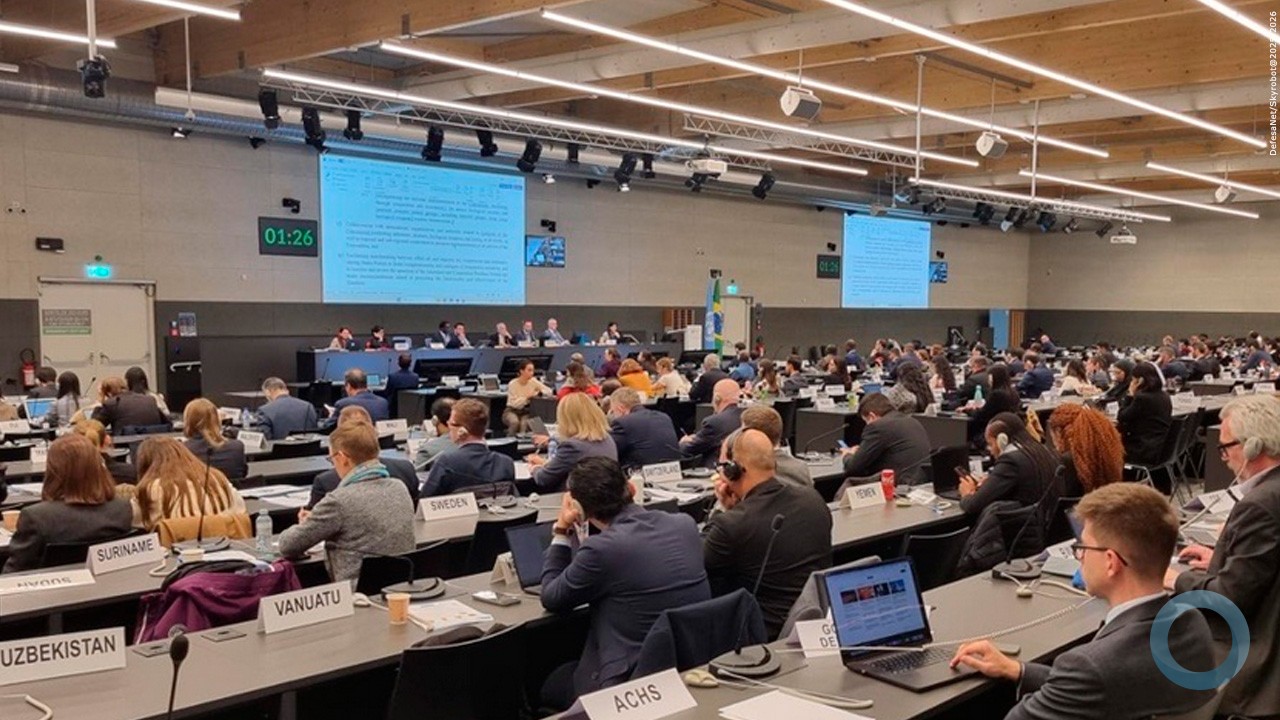Nota DefesaNet
Pela sua importância publicamos em duas partes a seção referente à Defesa do Discurso do Presidente Vladimir Putin, da Federação Russa, à Assêmbleia Federal, em 01MAR2018.
A parte do texto é transcrição do portal Kremlin.ru e os vídeos individuais dos armamentos do Ministéro da Defesa da Rússia.
O Vídeo na íntegra é da Deesa é do Pravda GlazaRezhet. (vídeo retirado)
Cada apresentação em minutos é relacionada ao vídeo principal.
A parte da defesa ocupou cerca de 1/3 do discurso total. Outros itens, também foram mencionados, tais como: educação, comunicação, saúde, etc.
O Editor
Transcrição Discurso Vladimir Putin parte da Defesa
Colleagues,
The operation in Syria has proved the increased capabilities of the Russian Armed Forces. In recent years, a great deal has been done to improve the Army and the Navy. The Armed Forces now have 3.7 times more modern weapons. Over 300 new units of equipment were put into service. The strategic missile troops received 80 new intercontinental ballistic missiles, 102 submarine-launched ballistic missiles and three Borei nuclear-powered ballistic missile submarines. Twelve missile regiments have received the new Yars intercontinental ballistic missile. The number of long-range high-precision weapons carriers has increased by 12 times, while the number of guided cruise missiles increased by over 30 times. The Army, the Aerospace Forces and the Navy have grown significant stronger as well.
Both Russia and the entire world know the names of our newest planes, submarines, anti-aircraft weapons, as well as land-based, airborne and sea-based guided missile systems. All of them are cutting-edge, high-tech weapons. A solid radar field to warn of a missile attack was created along Russia’s perimeter (it is very important). Huge holes appeared after the USSR disintegrated. All of them were repaired.
A leap forward was made in the development of unmanned aircraft; the National Defence Control Centre was established; and the operational command of the far maritime zone was formed. The number of professional service members has increased by 2.4 times, and the availability of equipment in the Armed Forces grew from 70 percent to 95–100 percent. The years-long queue for permanent housing was eliminated, and the waiting period was cut by 83 percent.
Now, on to the most important defence issue.
I will speak about the newest systems of Russian strategic weapons that we are creating in response to the unilateral withdrawal of the United States of America from the Anti-Ballistic Missile Treaty and the practical deployment of their missile defence systems both in the US and beyond their national borders.
I would like to make a short journey into the recent past.
Back in 2000, the US announced its withdrawal from the Anti-Ballistic Missile Treaty. Russia was categorically against this. We saw the Soviet-US ABM Treaty signed in 1972 as the cornerstone of the international security system. Under this treaty, the parties had the right to deploy ballistic missile defence systems only in one of its regions. Russia deployed these systems around Moscow, and the US around its Grand Forks land-based ICBM base.
Together with the Strategic Arms Reduction Treaty, the ABM Treaty not only created an atmosphere of trust but also prevented either party from recklessly using nuclear weapons, which would have endangered humankind, because the limited number of ballistic missile defence systems made the potential aggressor vulnerable to a response strike.
We did our best to dissuade the Americans from withdrawing from the treaty. All in vain. The US pulled out of the treaty in 2002. Even after that we tried to develop constructive dialogue with the Americans. We proposed working together in this area to ease concerns and maintain the atmosphere of trust. At one point, I thought that a compromise was possible, but this was not to be. All our proposals, absolutely all of them, were rejected. And then we said that we would have to improve our modern strike systems to protect our security. In reply, the US said that it is not creating a global BMD system against Russia, which is free to do as it pleases, and that the US will presume that our actions are not spearheaded against the US.
The reasons behind this position are obvious. After the collapse of the USSR, Russia, which was known as the Soviet Union or Soviet Russia abroad, lost 23.8 percent of its national territory, 48.5 percent of its population, 41 of the GDP, 39.4 percent of its industrial potential (nearly half of our potential, I would underscore), as well as 44.6 percent of its military capability due to the division of the Soviet Armed Forces among the former Soviet republics. The military equipment of the Russian army was becoming obsolete, and the Armed Forces were in a sorry state. A civil war was raging in the Caucasus, and US inspectors oversaw the operation of our leading uranium enrichment plants.
For a certain time, the question was not whether we would be able to develop a strategic weapon system – some wondered if our country would even be able to safely store and maintain the nuclear weapons that we inherited after the collapse of the USSR. Russia had outstanding debts, its economy could not function without loans from the IMF and the World Bank; the social sphere was impossible to sustain.
Apparently, our partners got the impression that it was impossible in the foreseeable historical perspective for our country to revive its economy, industry, defence industry and Armed Forces to levels supporting the necessary strategic potential. And if that is the case, there is no point in reckoning with Russia’s opinion, it is necessary to further pursue ultimate unilateral military advantage in order to dictate the terms in every sphere in the future.
Basically, this position, this logic, judging from the realities of that period, is understandable, and we ourselves are to blame. All these years, the entire 15 years since the withdrawal of the United States from the Anti-Ballistic Missile Treaty, we have consistently tried to reengage the American side in serious discussions, in reaching agreements in the sphere of strategic stability.
We managed to accomplish some of these goals. In 2010, Russia and the US signed the New START treaty, containing measures for the further reduction and limitation of strategic offensive arms. However, in light of the plans to build a global anti-ballistic missile system, which are still being carried out today, all agreements signed within the framework of New START are now gradually being devaluated, because while the number of carriers and weapons is being reduced, one of the parties, namely, the US, is permitting constant, uncontrolled growth of the number of anti-ballistic missiles, improving their quality, and creating new missile launching areas. If we do not do something, eventually this will result in the complete devaluation of Russia’s nuclear potential. Meaning that all of our missiles could simply be intercepted.
Despite our numerous protests and pleas, the American machine has been set into motion, the conveyer belt is moving forward. There are new missile defence systems installed in Alaska and California; as a result of NATO’s expansion to the east, two new missile defence areas were created in Western Europe: one has already been created in Romania, while the deployment of the system in Poland is now almost complete. Their range will keep increasing; new launching areas are to be created in Japan and South Korea. The US global missile defence system also includes five cruisers and 30 destroyers, which, as far as we know, have been deployed to regions in close proximity to Russia’s borders. I am not exaggerating in the least; and this work proceeds apace.
So, what have we done, apart from protesting and warning? How will Russia respond to this challenge? This is how.
During all these years since the unilateral US withdrawal from the ABM Treaty, we have been working intensively on advanced equipment and arms, which allowed us to make a breakthrough in developing new models of strategic weapons.
Let me recall that the United States is creating a global missile defence system primarily for countering strategic arms that follow ballistic trajectories. These weapons form the backbone of our nuclear deterrence forces, just as of other members of the nuclear club.
ICBM – Strategic Weapons – SARMAT
As such, Russia has developed, and works continuously to perfect, highly effective but modestly priced systems to overcome missile defence. They are installed on all of our intercontinental ballistic missile complexes.
In addition, we have embarked on the development of the next generation of missiles. For example, the Defence Ministry and enterprises of the missile and aerospace industry are in the active phase of testing a new missile system with a heavy intercontinental missile. We called it Sarmat.
Sarmat will replace the Voevoda system made in the USSR. Its immense power was universally recognized. Our foreign colleagues even gave it a fairly threatening name.
That said, the capabilities of the Sarmat missile are much higher. Weighing over 200 tonnes, it has a short boost phase, which makes it more difficult to intercept for missile defence systems. The range of the new heavy missile, the number and power of its combat blocs is bigger than Voevoda’s. Sarmat will be equipped with a broad range of powerful nuclear warheads, including hypersonic, and the most modern means of evading missile defence. The high degree of protection of missile launchers and significant energy capabilities the system offers will make it possible to use it in any conditions.
Could you please show the video.
(Video plays.) SARMAT 01:40 – 2:28 Minutes
You can see how the missile bypasses interceptors. As the range is unlimited, the missile can manoeuvre for as long as necessary.
As you no doubt understand, no other country has developed anything like this. There will be something similar one day but by that time our guys will have come up with something even better.

Nota DefesaNet – Observar que o Míssil de Cruzeiro cirunda as bases Americanas/Britânicas nas ilhas de Ascenção e Santa Helena, no Atlântico Sul em rota para o Havai.
Underwater Unmanned System
Now, we all know that the design and development of unmanned weapon systems is another common trend in the world. As concerns Russia, we have developed unmanned submersible vehicles that can move at great depths (I would say extreme depths) intercontinentally, at a speed multiple times higher than the speed of submarines, cutting-edge torpedoes and all kinds of surface vessels, including some of the fastest. It is really fantastic. They are quiet, highly manoeuvrable and have hardly any vulnerabilities for the enemy to exploit. There is simply nothing in the world capable of withstanding them.
Unmanned underwater vehicles can carry either conventional or nuclear warheads, which enables them to engage various targets, including aircraft groups, coastal fortifications and infrastructure.
In December 2017, an innovative nuclear power unit for this unmanned underwater vehicle completed a test cycle that lasted many years. The nuclear power unit is unique for its small size while offering an amazing power-weight ratio. It is a hundred times smaller than the units that power modern submarines, but is still more powerful and can switch into combat mode, that is to say, reach maximum capacity, 200 times faster.
The tests that were conducted enabled us to begin developing a new type of strategic weapon that would carry massive nuclear ordnance.
Please play the video.
(Video plays.) 08:10 – 09:12 Minutes
By the way, we have yet to choose names for these two new strategic weapons, the global-range cruise missile and the unmanned underwater vehicle. We are waiting for suggestions from the Defence Ministry.





